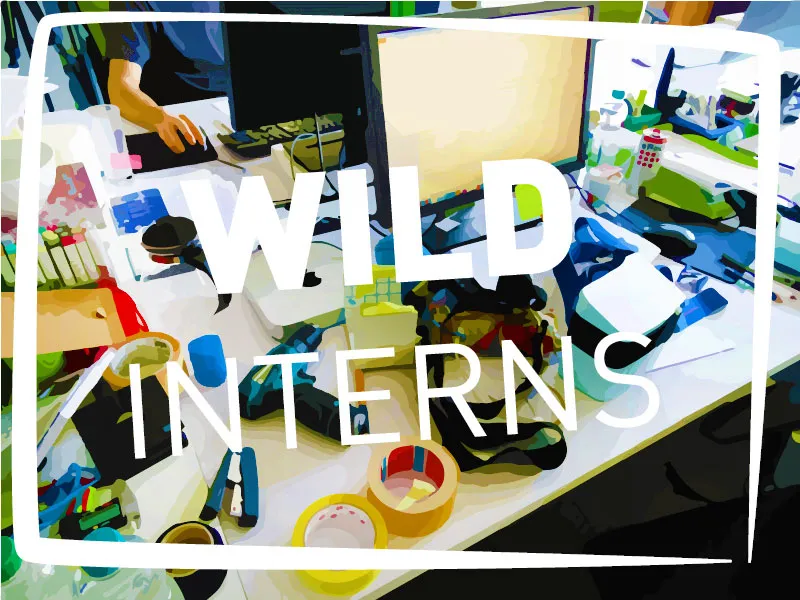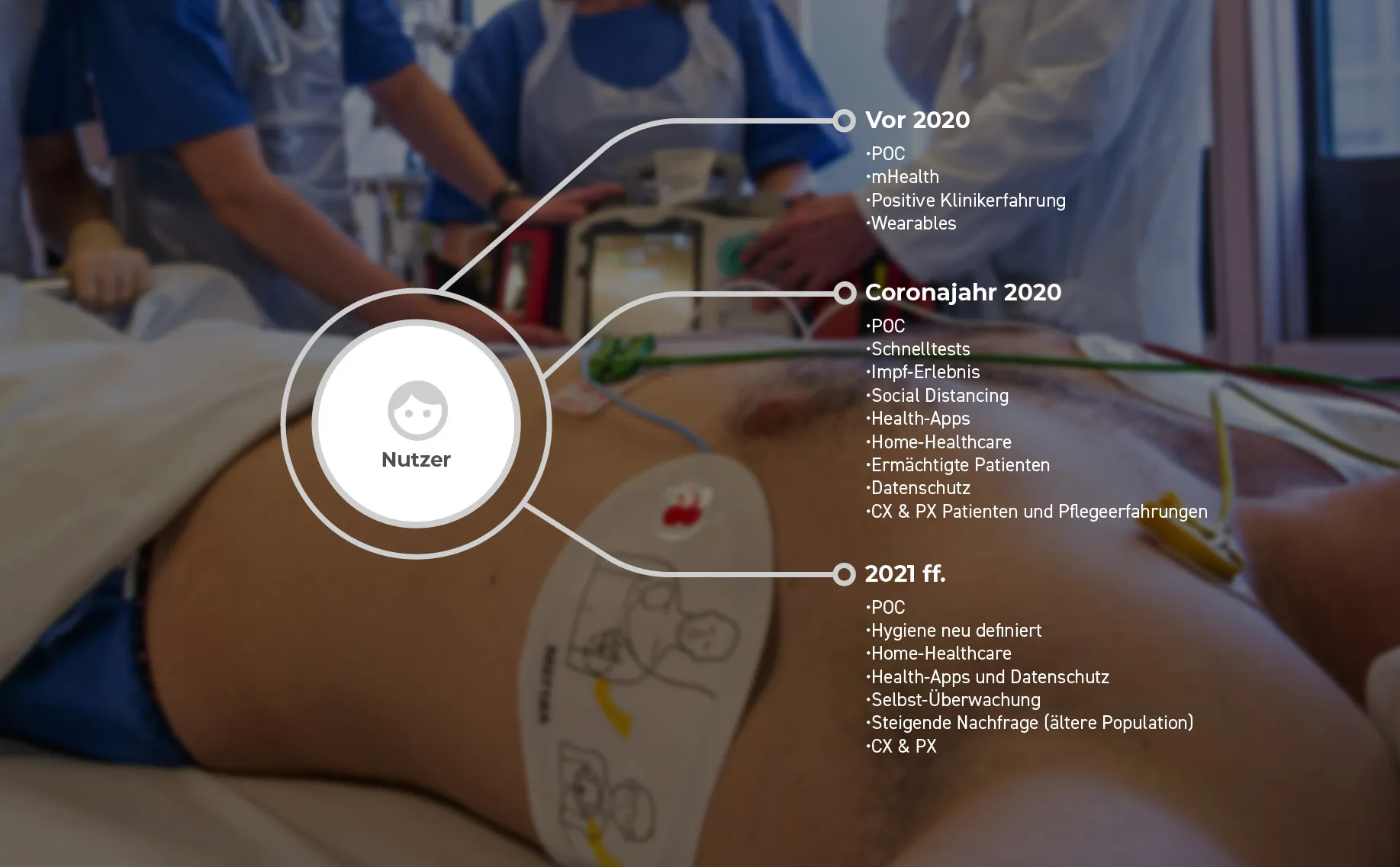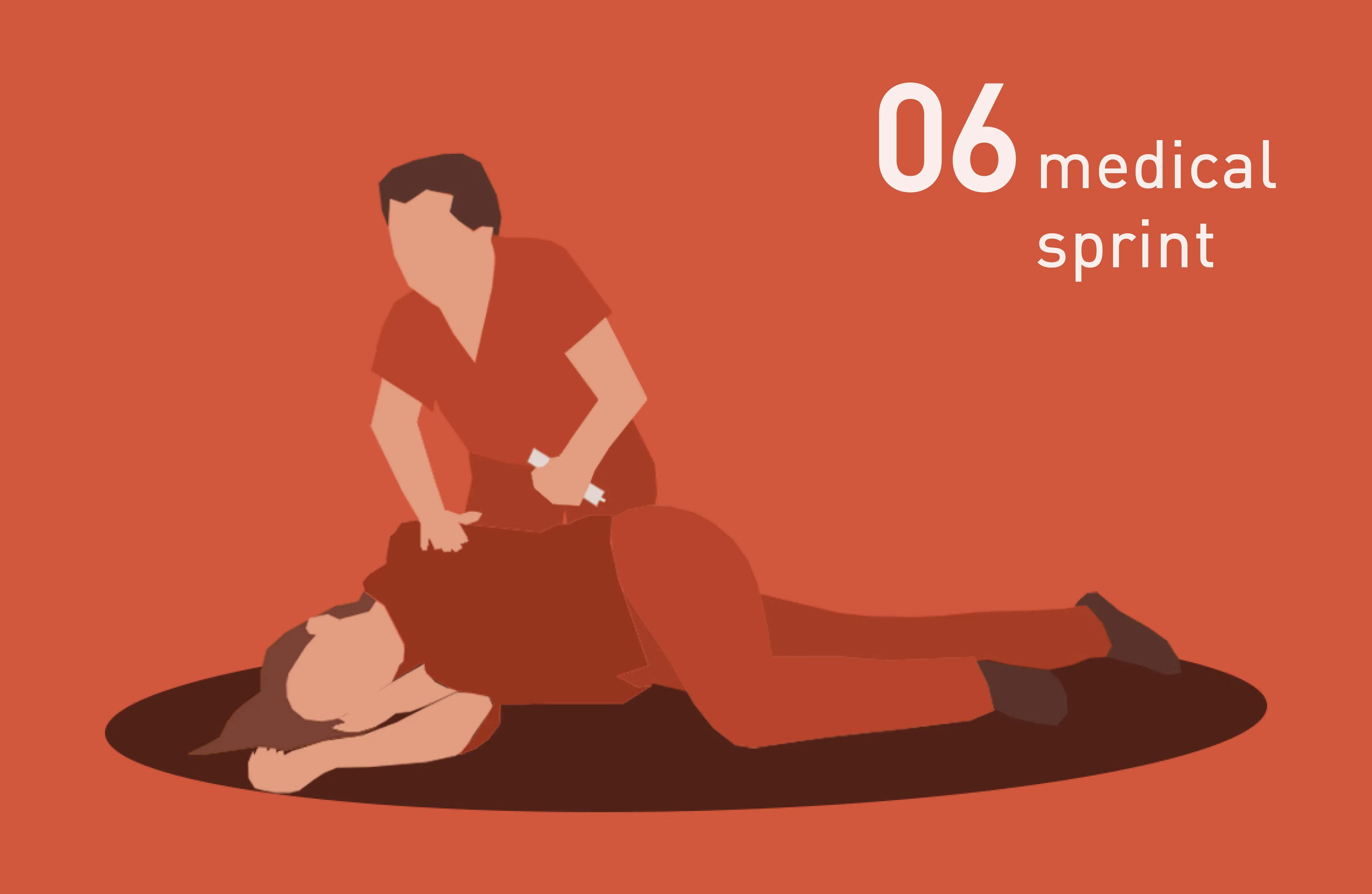Keynote
Sustainability in the company - Interview with Samuel Perret
"Nothing works for us without sustainability."
Samuel Perret is Head of Sustainable Innovation Strategies at our partner milani in Switzerland.

What does sustainability mean in the company?
Samuel Perret: Put simply, sustainability is the management of responsibility through external effects. Sustainability traditionally encompasses three areas: Society, environment and economy. What is important for us is a stakeholder approach. This is a systemic view of where and with which actors involved you have an impact through your business activities along the entire value chain or across all product life phases. This can be society, people directly or the environment. These external impact areas must be discussed within the company. In other words, to what extent does a company want to take responsibility? Companies that are very sustainable see themselves as responsible for many aspects that are not just related to their core business. But of course you start there, because that's where it's most immediate.
How does milani support companies in this?
SP: We support companies that are at all stages of maturity in terms of awareness of the topic and its implementation. We offer hop-on workshops at the very beginning, which are first about understanding sustainability and bringing everyone up to the same level of knowledge. This is followed by a strategy process. Areas of responsibility are defined and business opportunities are discussed. It may often be a little more expensive in the short term, but it pays off in the long term. It's also about communication and we help to understand these aspects. This is a 9-step strategy process that lays a solid foundation for a sustainability design project. The design project is an essential element of our offer, with which you can then start exploratory implementation on an example project, or perhaps on the best-selling product.
What we have also found is that companies need something to stabilize sustainability. This involves design guidelines, sustainability guidelines, i.e. the anchoring of strategies in the product development and design process. So we offer the whole range from discovering and understanding sustainability, establishing a strategy basis, guiding design projects, through to stabilizing sustainability.
So the interface to design is the process of achieving sustainability in the company?
SP: Yes, we bring together the areas of corporate strategy, sustainability and innovation. This means that we can bring sustainability into the innovation process in line with the corporate strategy and vice versa. There are companies that have always worked in innovation processes, but they lack the sustainability element. And then there are other companies that probably already have a strong commitment to sustainability, but lack an innovative perspective on the topic. And that's where we provide advice using design methods. This is less industrial design and more design thinking for innovation processes. And we then use the right tool depending on the situation.
How did milani come to this topic?
SP: Managing Director Britta Pukall invited me to do a training course because she thinks the topic is important. These are good prerequisites if it is supported by the management. After the training course, people realized that they should actually take this into account on an ongoing basis. It is now firmly anchored in our strategy; we can't do anything without sustainability. The time is ripe, more ripe than ever. A lot has changed in the industrial design world over the last 15 years. There is also a demand pull from customers. We are being challenged because some customers are already very deeply involved in sustainability issues in their specific area. As an external organization, it is then a particular challenge to provide valuable tips - we like challenges like that! But of course and unfortunately, this is not yet the case for the majority of companies.
Are there examples of models and frameworks that you use?
SP: Yes, they do exist. The circular economy is the typical and current approach. In the product area, there are the two elements of business models and design principles, both need each other. I can't design a product without adapting the business model and vice versa. There are different frameworks and we use them depending on what the specific issue is. It depends a bit on the product and the company's ecosystem. We have also developed our own, especially when it comes to sustainability as a field of innovation and the development of business opportunities. Our own milani tool is based on a Korean publication that summarizes 38 design principles related to sustainability. We have adapted this a little for ourselves and enriched it with examples. It is very focused on industrial design issues and less on the business model level. We still want to test it a little and will then certainly present it at WILDDESIGN so that we have a shared tool, the experience of both can be incorporated and we can provide customers with efficient and enriching support.
Are there any pointers for finding out how sustainable a company already is? Where do I start?
SP: Yes, we have a small sustainability check with a few questions on our website. It gives us an overview of where the company stands, where it wants to go and which topics are at the forefront. This gives us a very good starting point for discussions. There are, of course, many other such assessments, such as the UN's Sustainable Development Goals with their 17 targets. There are extremely detailed tools that make sense depending on the situation. I think it's good to start with something very lean, which is why we have our own check. However, it is difficult to make absolute statements because it is a multi-perspective approach. You have to recognize that and use different assessment and evaluation tools.
Are there any other points of reference where I can get support or information on the subject of sustainability?
SP: It depends on the topic. We are designers, so when it comes to governance issues or internal culture, we are not very good at helping. When it comes to optimizing production processes on site, identifying and implementing efficiency measures, we're not the right people for that either. We have a lot of external partners in our network who we then call on. Depending on the topic, you can find good support there.
In conclusion: How can sustainability be implemented and realized in medical design in particular?
SP: The challenge is that the demands placed on products are constantly increasing: Standards, safety regulations, but also needs and expectations are becoming increasingly complex and digitalized. That's one side of the coin; the other is the use of disposable products. Of course, this runs counter to the idea of sustainability. For example, we had a project where a customer asked us to set up a take-back system for a small injector. We then realized that the product itself is very complex. When it comes to disposal, you don't know whether it belongs to the medical sector or to electronic waste. That's where the regulations come into play. Unraveling this complexity and getting a better handle on it is certainly a challenge in the medical sector.
Thank you Samuel for the interview.
Would you like to know more about this topic? Write to perret@milani.ch
Frequently asked questions




